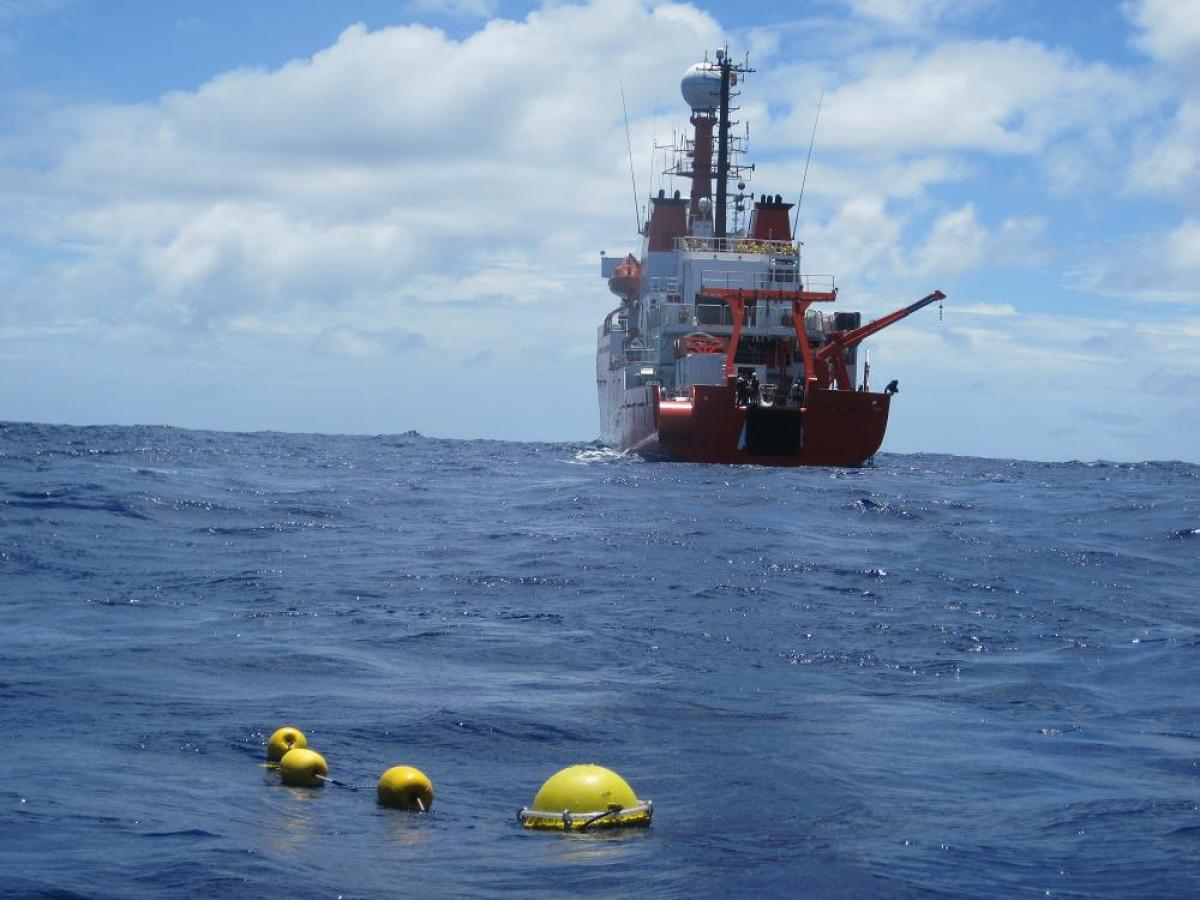The Malaspina Expedition may set the record for the most well-travelled Picarro analyzer. And we can't wait to see the science that emerges from this fascinating voyage. Here's the story. The research voyage marks the 200 Year Anniversary of the death of Alessandro Malaspina in 1810. Malaspina directed the first Spanish scientific expedition to circumnavigate the Earth. Now, a modern-day circumnavigation is collecting one of the most comprehensive surveys of data on global warming - including research into ocean acidification with a Picarro analyzer.
Editor's Note: This is a blog post from Steve Foster of Amiston, Picarro's dealer in the Iberian Peninsula. It's a great read.
The voyage is important enough to get its own Wikipedia page! Here is how Wikipedia describes the voyage.
The Malaspina circumnavigation expedition is an interdisciplinary research project whose overall goals are to assess the impact of global change on the oceans and explore their biodiversity. The 250 scientists on board the Hespérides and Sarmiento de Gamboa are embarking on a nine-month expedition (taking place between December 2010 and July 2011) combining pioneering scientific research with training for young researchers, while advancing marine science and fostering the public understanding of science.
Research Professor Carlos Duarte from the Spanish Research Council (CSIC) is coordinating the voyage. The principal objective of the extended cruise is to generate a high resolution inventory of the impact of Global Change on the ocean’s ecosystems to explore its biodiversity.
The expedition also has what we reckon must be one of the most well-travelled Picarro analyzer’s. Dr. Antonio Delgado and his team from CSIC, Granada, received their isotopic CO2 analyzer nearly two years ago. In this time it’s been measuring up in the snowy Sierra Nevada, as well as well as on the Spanish plain. The instrument is now installed on Malaspina’s Hespérides expedition vessel, working it’s way around the world (last we heard .. it was approaching the balmy waters of Southern Mexico).
Antonio and his team are measuring the concentration and isotopic signal of CO2 in surface sea water. The water is pumped into an equilibration chamber and circulated first to an IR detector which measures the concentration of CO2 (this detector was installed previously before we had the Picarro analyzer in the set up), and then to the Picarro isotopic CO2 analyzer before being re-circulated back to the equilibration chamber. We wish Antonio and his team the very best for the rest of the expedition. This is important work and an ambitious project. The data that should come out of this trip could be extremely valuable. And if anyone out there has an analyzer that has clocked more air/sea travel miles, I'd like to hear about it.
